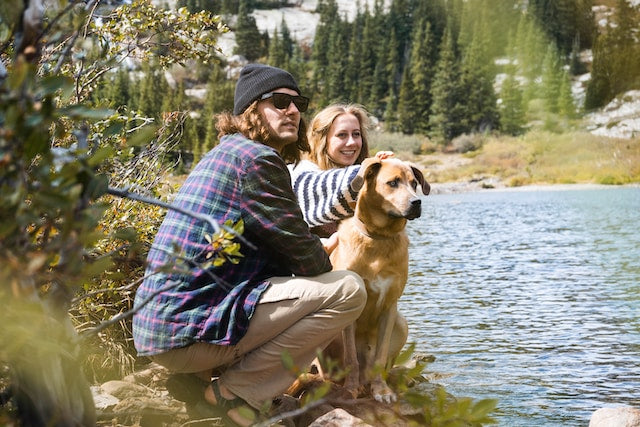Concerned your beloved dog might be suffering from a yeast infection in their paw? This common ailment in dogs can be both distressing and uncomfortable. Luckily, identifying and treating paw yeast infections early can lead to a swift recovery. Recognising the signs is the first step.
Decoding Canine Paw Yeast Infections: What You Need to Know
Is your dog incessantly licking its paw, indicating discomfort? This might be a yeast infection - a common yet treatable condition in dogs. Understanding the causes, symptoms, and available treatments is crucial for your dog's wellbeing.
Fundamental Insights:
- The yeast species Malassezia pachydermatis predominantly causes canine paw yeast infections.
- Allergies are a leading factor in the development of these infections.
- Key symptoms include persistent paw licking, redness, odor, and hair loss.
- Mild to moderate infections are treated with medicated shampoos.
- Severe cases may require extensive treatment with oral antifungals.
- Preventive strategies include maintaining paw cleanliness, managing allergies, supporting the immune system, and regular vet visits.
Exploring the Nature of Dog Paw Yeast Infections
A dog paw yeast infection is an overgrowth of the Malassezia pachydermatis yeast on a dog’s paw. Normally harmless in small quantities, this yeast can proliferate under certain conditions, causing irritation, inflammation, and a foul odor. It can also affect the dog's nails.
Why Do Dogs Get Yeast Infections?
Yeast thrives in the warm, moist spaces between a dog's toes, and is more likely to infect when the skin is damaged or moist. Factors leading to yeast infections include:
- Allergies: Allergies weaken the skin barrier, leading to infections. Itchy skin due to allergies causes scratching and licking, damaging the skin further.
- Medications: Antibiotics and steroids can disrupt skin's microbial balance and suppress the immune system, fostering yeast growth.
- Genetic Predisposition: Certain breeds like Basset Hounds and Boxers are more prone to yeast infections.
- Environmental and health factors also play a role in the likelihood of yeast infections.
Identifying a Yeast Infection in Your Dog’s Paw
Yeast infections range from mild to severe. Look for:
- Constant paw itching.
- Redness, inflammation, and warmth.
- Unpleasant, yeasty odor.
- Discharge, sores, or scaly patches.
- Changes in paw appearance.
- Limping or walking reluctance.
- Hair loss around the affected area.
Effective Treatments for Canine Yeast Infections
Treatment varies from topical medications for mild cases to oral medications for severe infections.
Topical Treatments:
- These include antifungal creams, ointments, and shampoos.
- Cleaning the affected area is vital before applying any medication.
- Medicated shampoos, containing antifungal agents, are most effective.
Oral Medications:
- Prescribed for severe cases, these include drugs like ketoconazole.
- Regular blood tests are necessary due to potential side effects.
Additional Treatments:
- Addressing underlying causes like allergies and immune support is crucial.
- Regular paw hygiene maintenance is also essential.
Preventing Paw Yeast Infections in Dogs
Prevention is key, especially for dogs prone to recurrent infections. Steps include:
- Managing allergies with your vet’s guidance.
- Regular paw cleaning and drying.
- Maintaining a balanced diet and a healthy environment.
- Regular vet check-ups for early detection.
Concluding Thoughts on Paw Yeast Infections
Paw yeast infections, while troublesome, are manageable with proper care and early intervention. If your dog shows symptoms, consult your vet promptly. With the right care, your dog's paws can remain healthy and infection-free.




Leave a comment
This site is protected by hCaptcha and the hCaptcha Privacy Policy and Terms of Service apply.